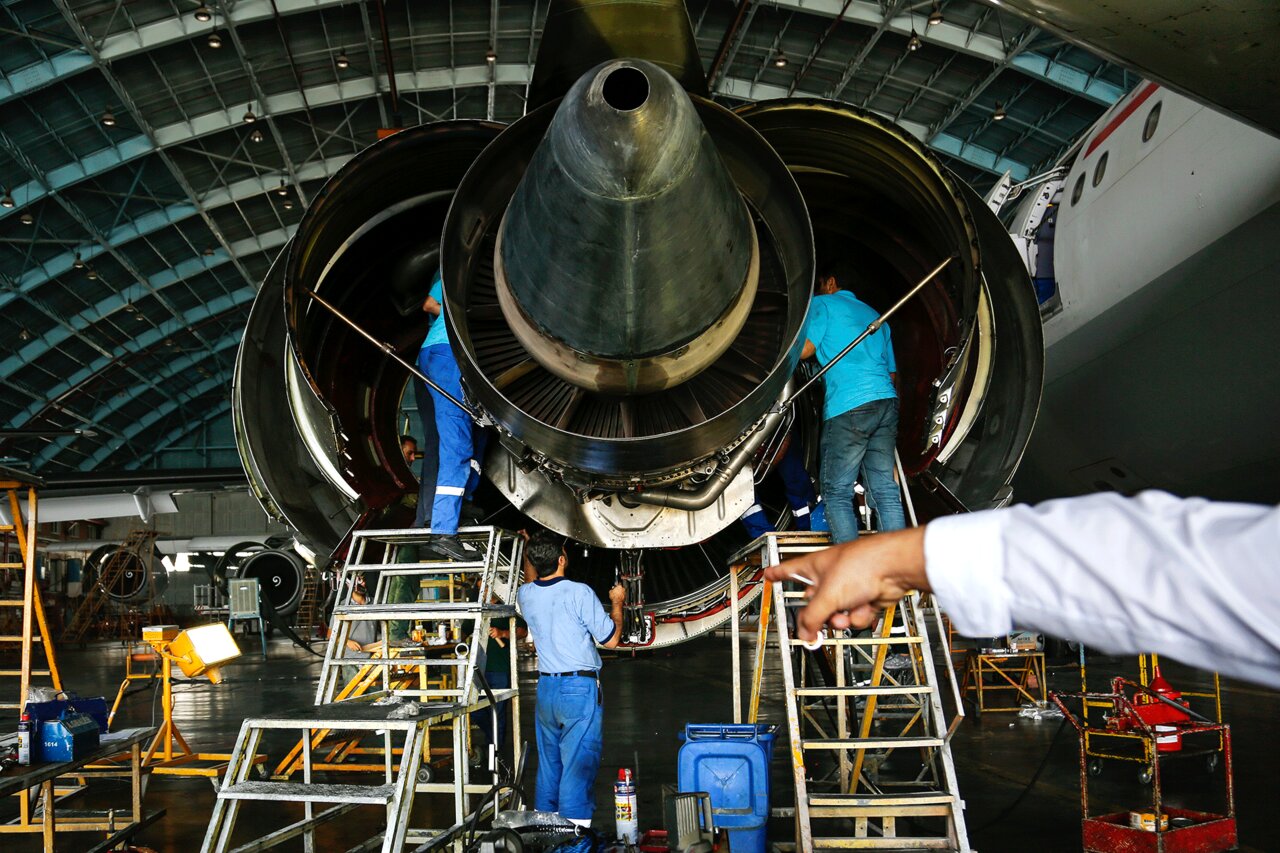CAO developing strategic airport development roadmap

TEHRAN – The head of Iran’s Civil Aviation Organization (CAO) announced the preparation of a strategic roadmap for the country’s airport sector, stating that while a plan existed previously, it was not comprehensive.
Speaking to IRNA, Hossein Pourfarzaneh said that the organization is now working on a new roadmap, leveraging past studies and collective input from experts. This plan is considered a core responsibility of the Civil Aviation Organization and, once completed, will require Cabinet approval to prevent subjective interference or amendments.
The roadmap will encompass airports, the aviation fleet, and airlines. It is part of the organization’s mandate under the seventh development plan and is expected to be formalized as a government regulation.
The official further stated that domestic specialists in the aviation industry possess the necessary capability to repair aircraft engines.
Due to the complications and challenges posed by sanctions on sending damaged aircraft engines abroad, repairs are now conducted domestically.
He noted that according to international aviation regulations, having updated documentation, trained personnel, and essential tools enables Iran to perform such repairs.
Regarding high-tech parts, Pourfarzaneh said that while most of these components are imported, when imports are not possible, they are repaired domestically. If repairs are not feasible, efforts are made to manufacture them locally.
He highlighted that 400 domestic knowledge-based companies are active in the aviation industry and assist in these efforts.
At a press conference on Monday, January 15, Pourfarzaneh criticized undue interference, particularly from some parliament members, who pressure for the construction of airports in their electoral districts.
He revealed that Iran currently has $16 billion worth of airport assets, while the value of the country’s 180 active aircraft is only $1.0 billion. In the past, a significant portion of investments in the airport sector was influenced by subjective preferences, with limited evaluation of their economic viability or necessity.
Pourfarzaneh argued that part of these investments could have been directed toward expanding the aviation fleet. Had this been done, the country could now operate three times as many flights with an enhanced fleet.
He highlighted the aging fleet as a critical challenge for Iran’s aviation industry. The fleet is criticized for its quantity and quality, failing to meet the country’s needs.
According to officials, Iran ranks 91st globally in flight quality metrics, although its safety oversight rank is higher than countries like Syria and Yemen.Currently, some provinces have between five to seven airports, while others operate flights only during specific seasons, such as Arbaeen and Hajj. Pourfarzaneh criticized this approach, stating that it does not align with true airport development.
EF/MA
Leave a Comment